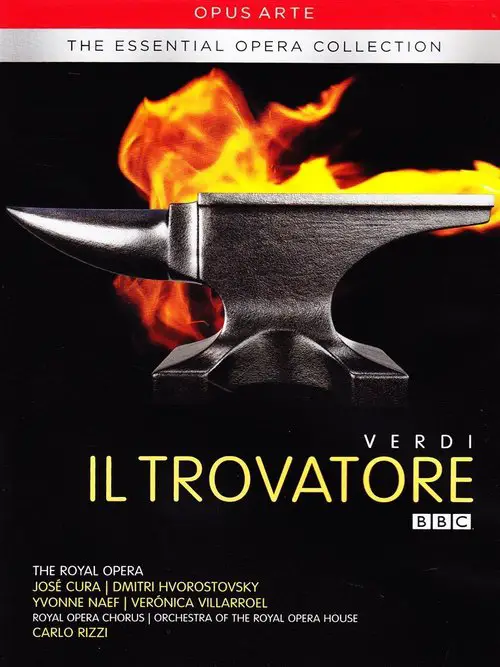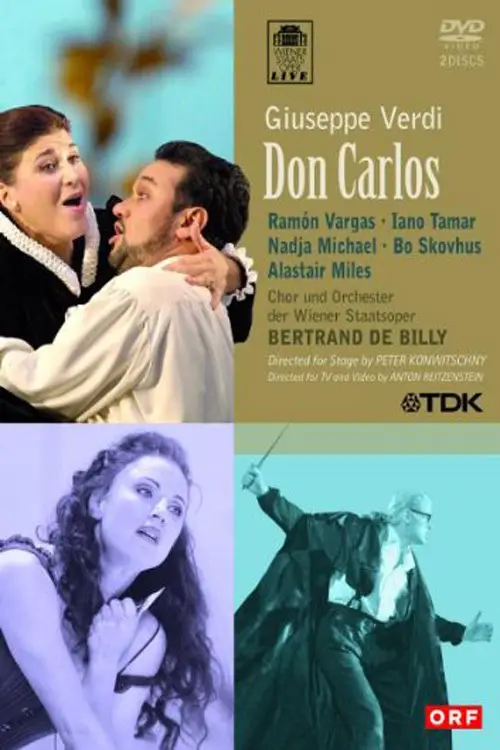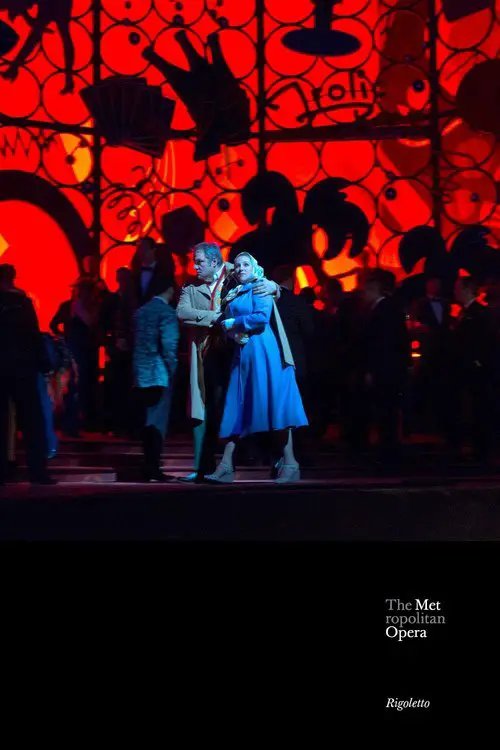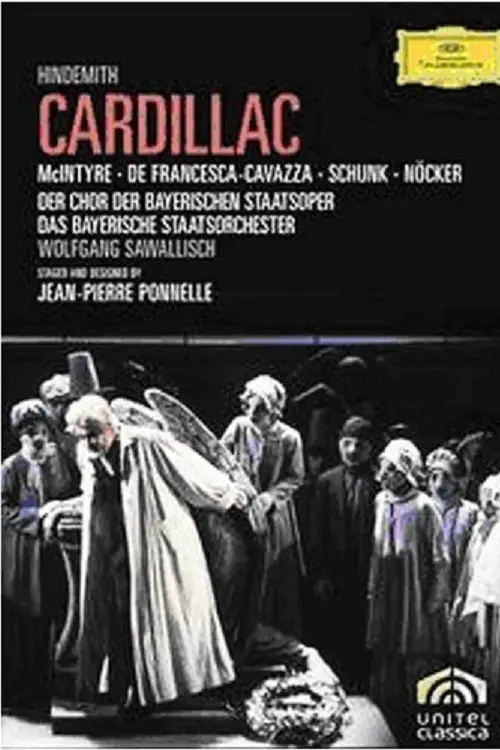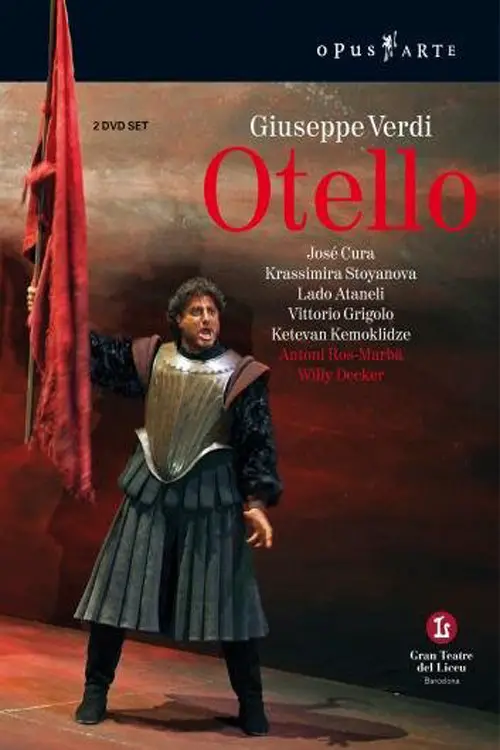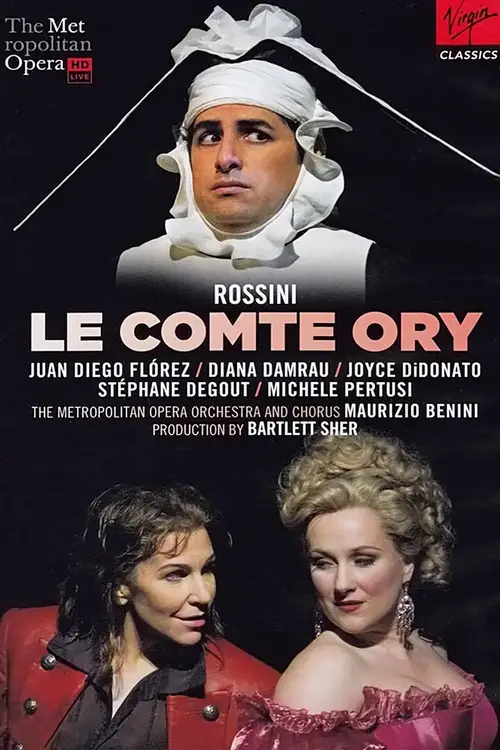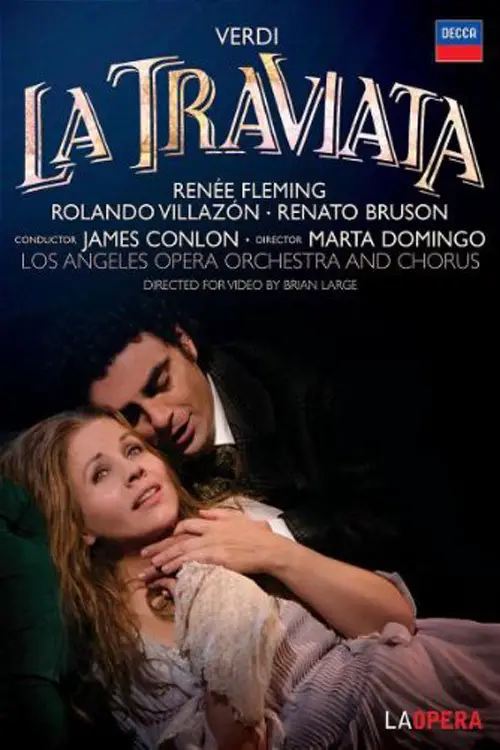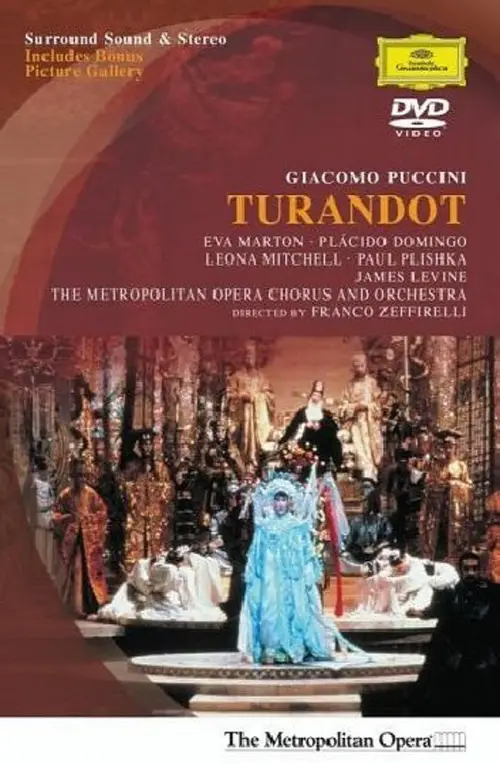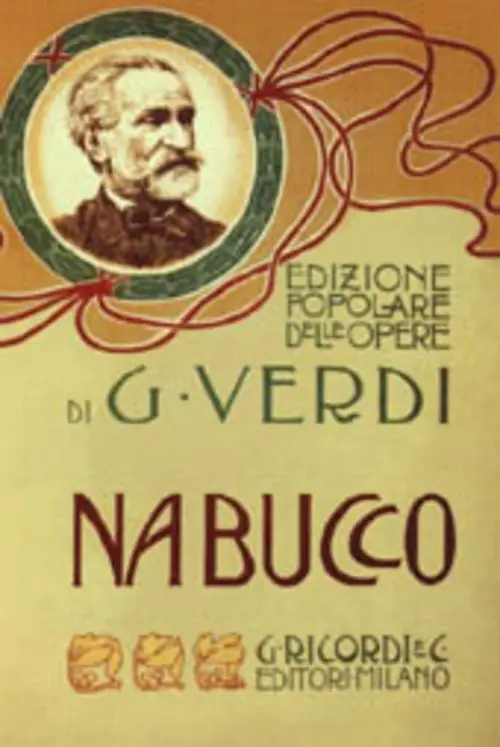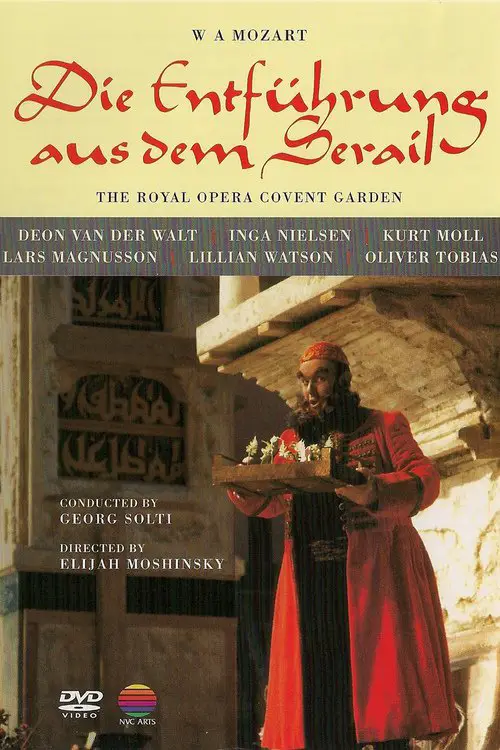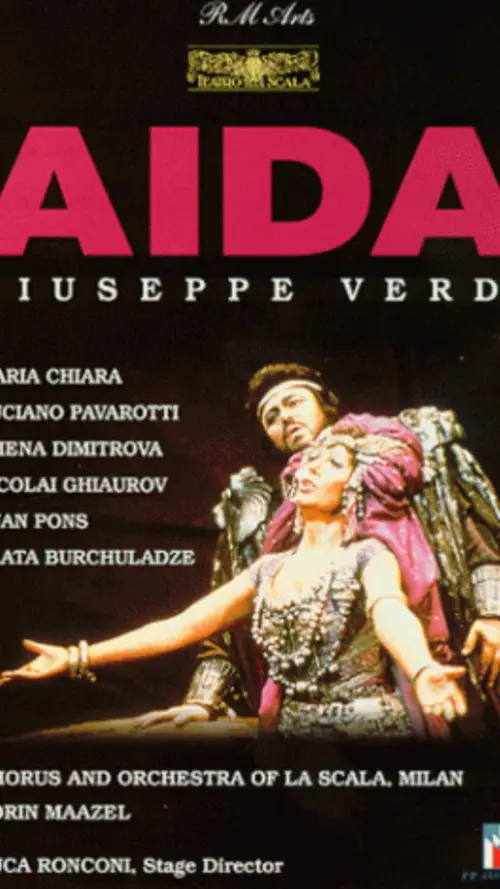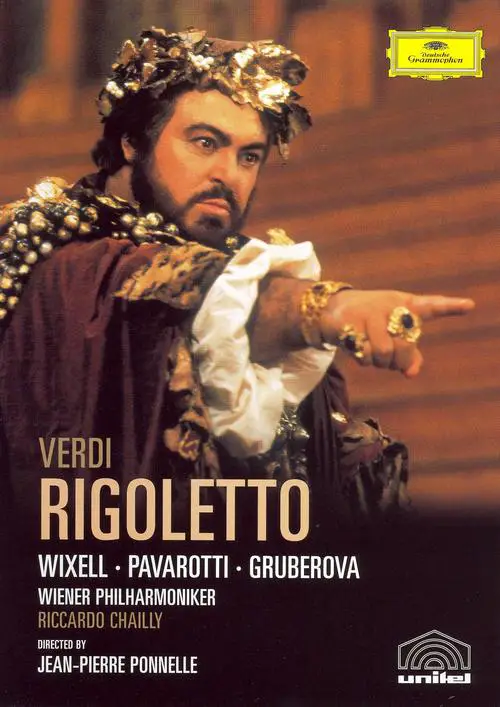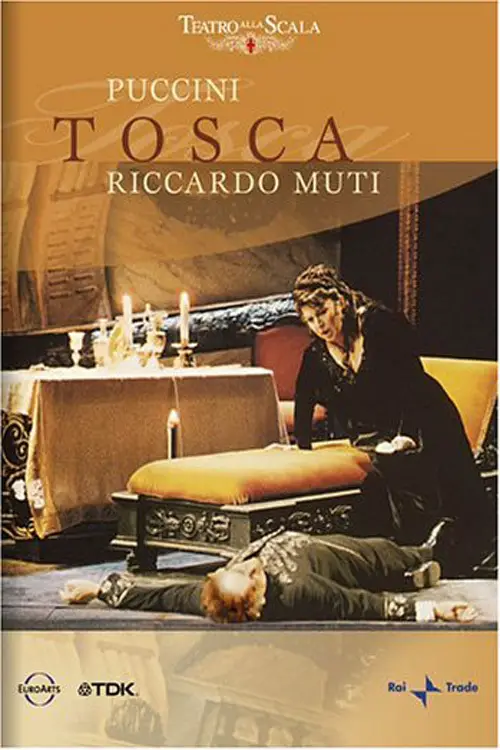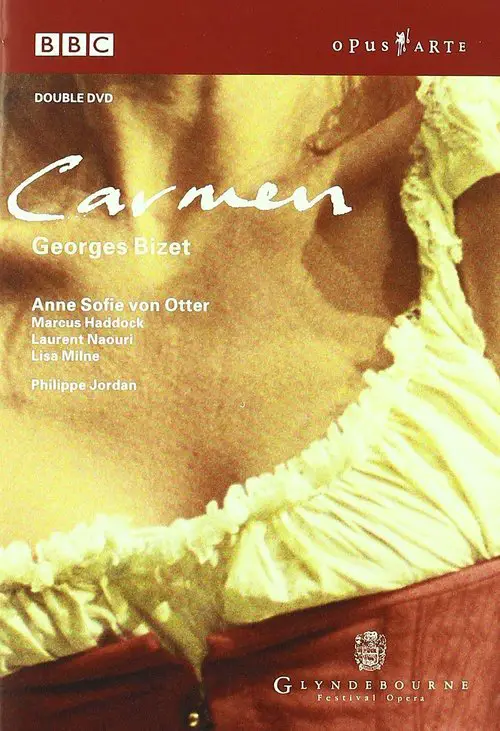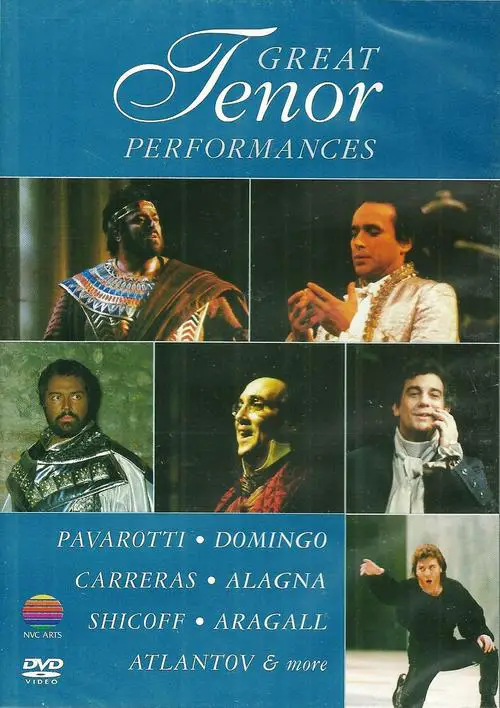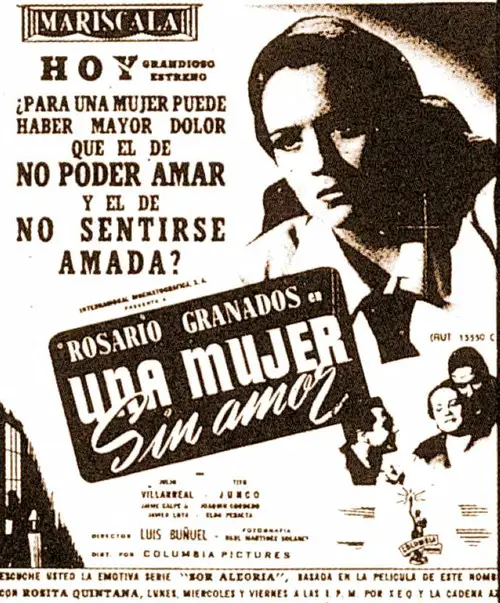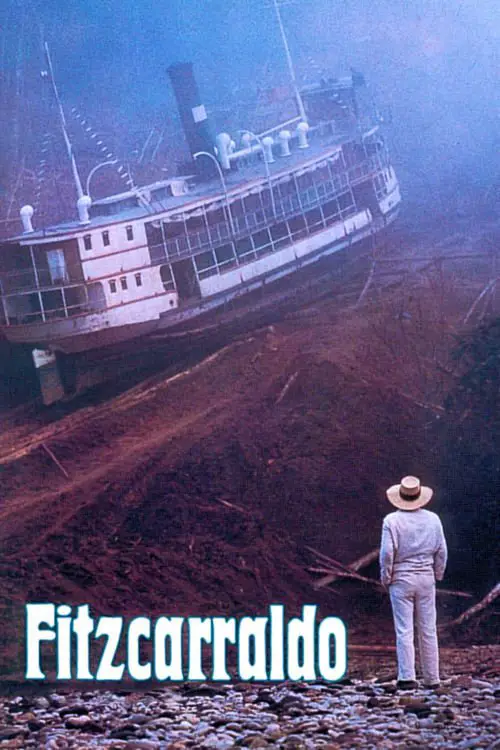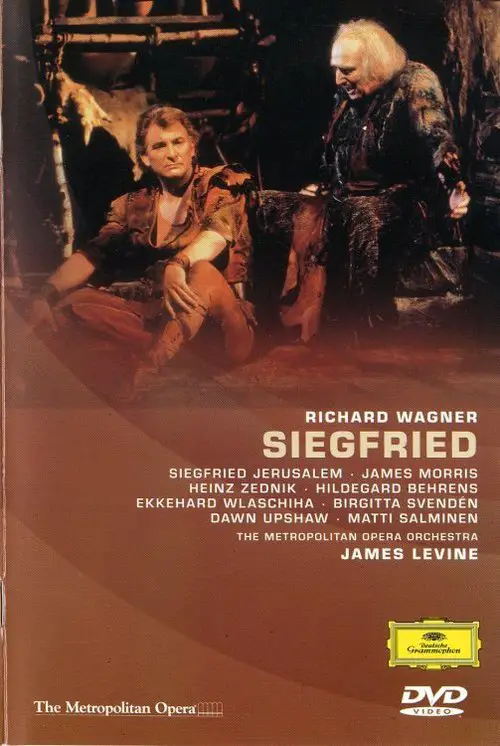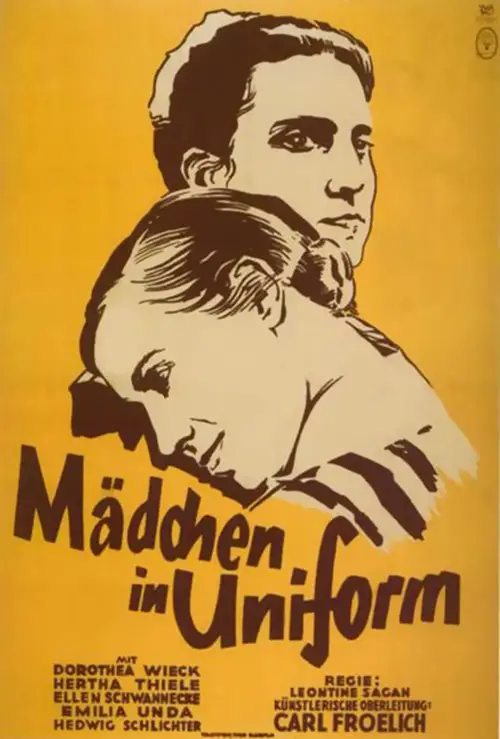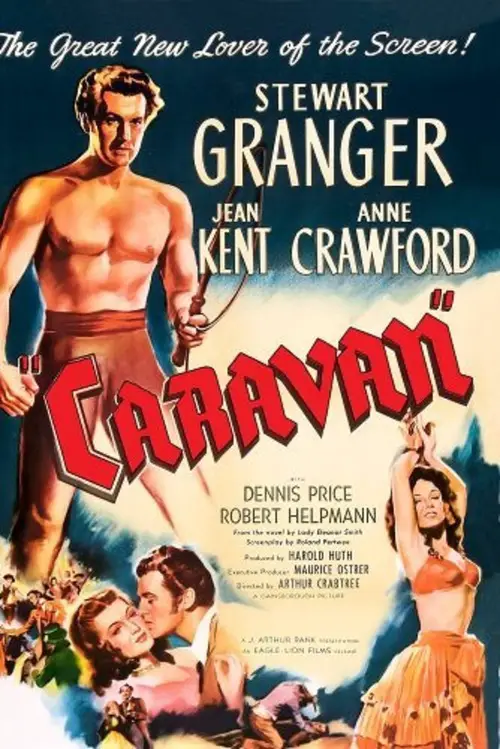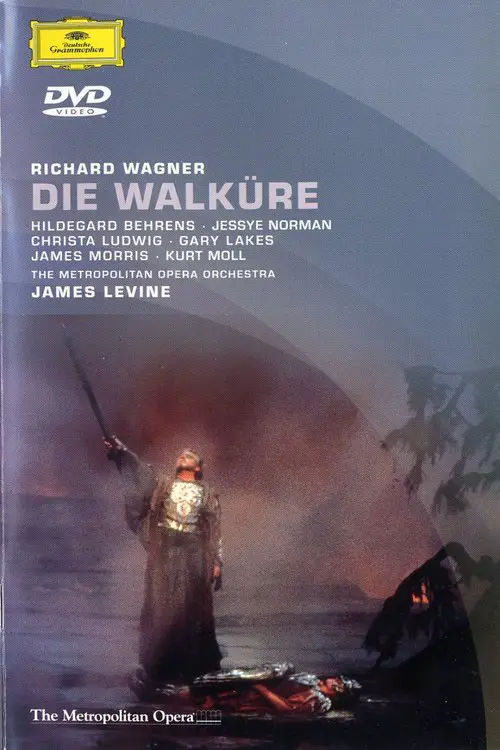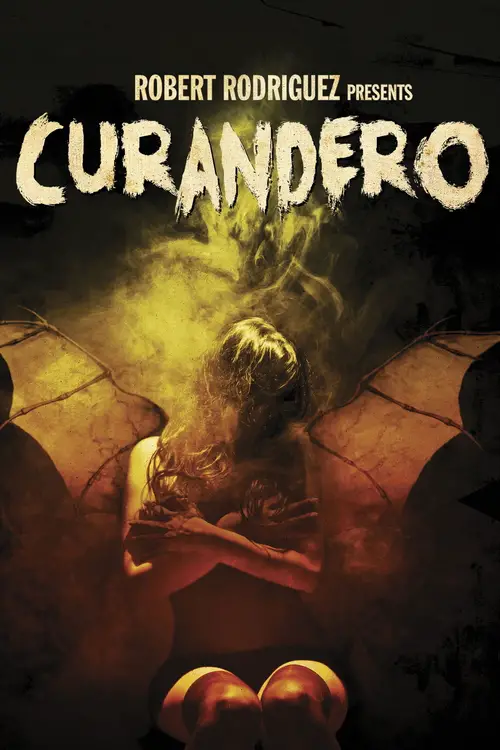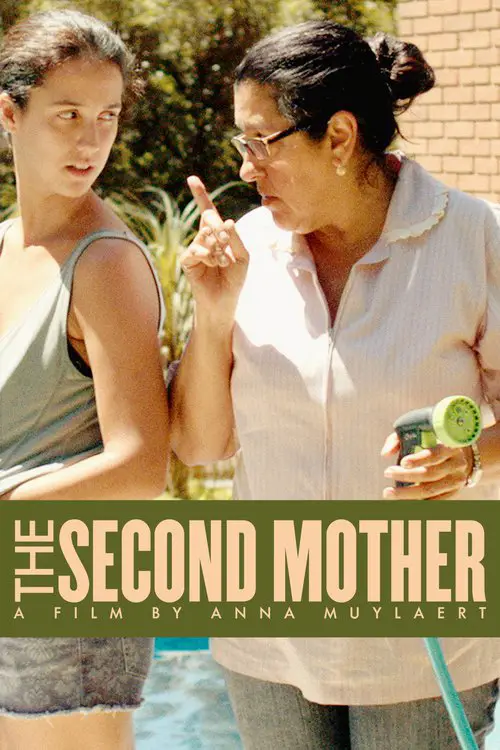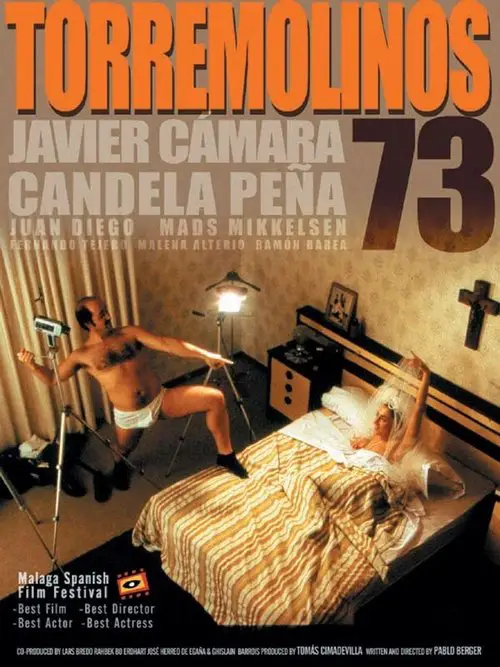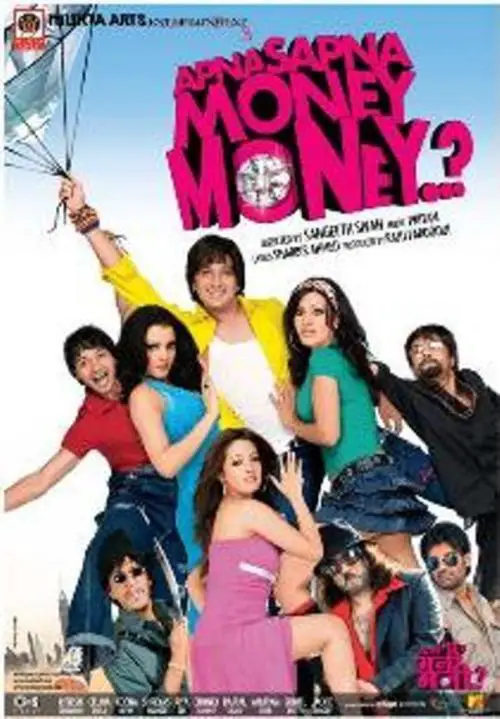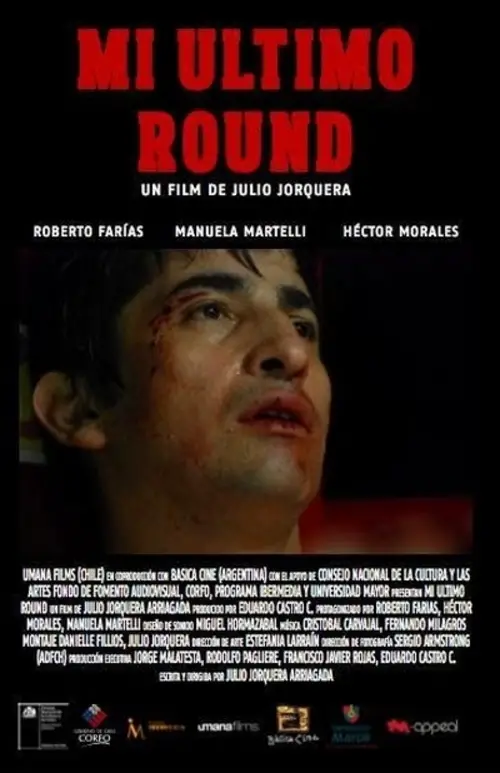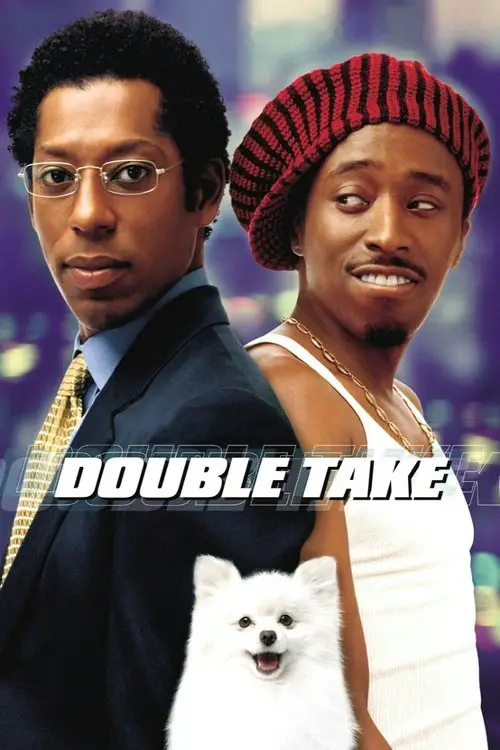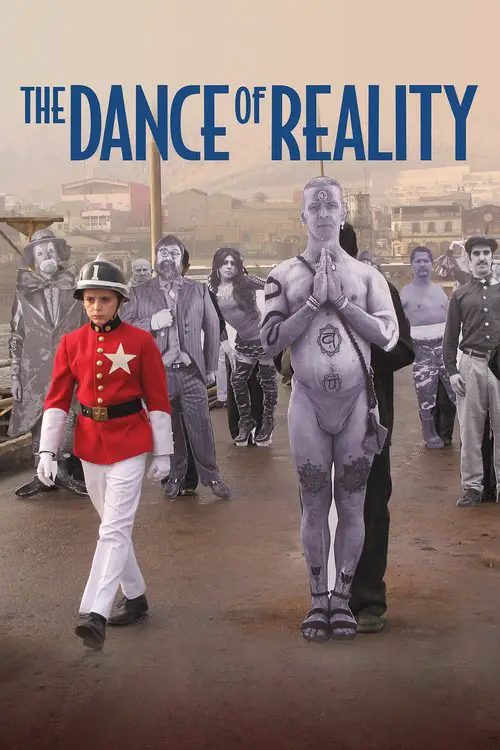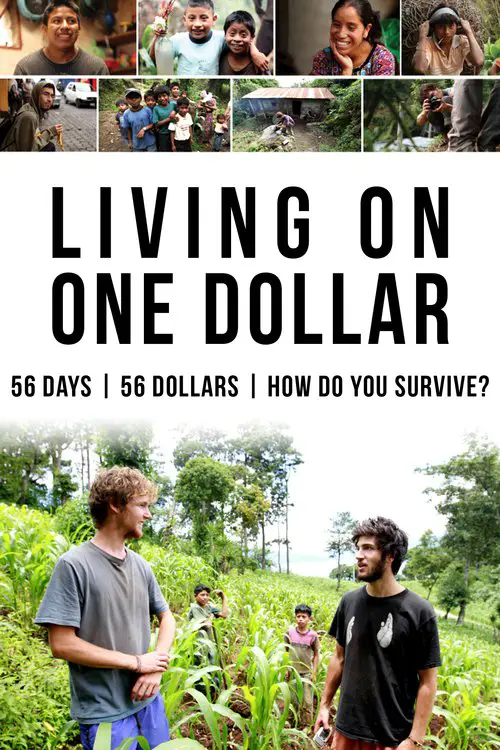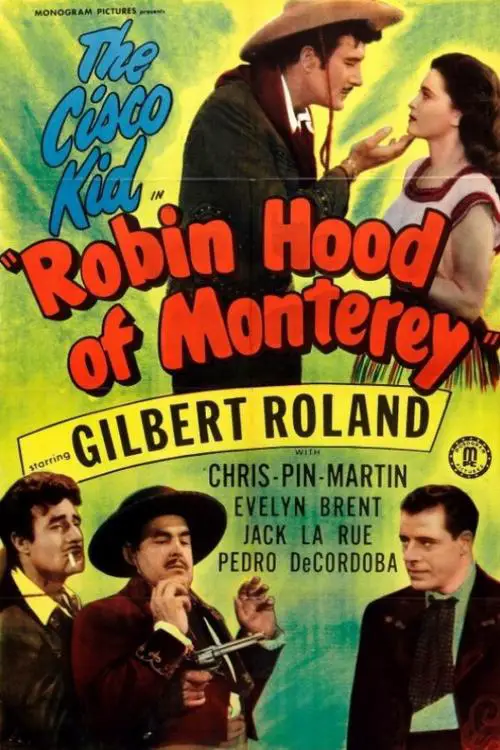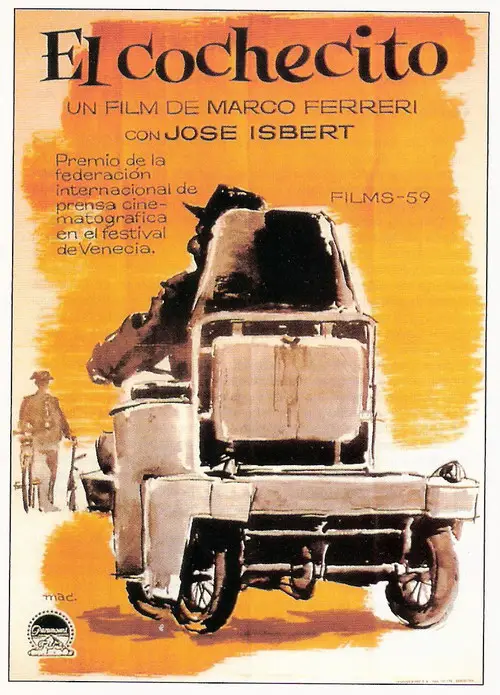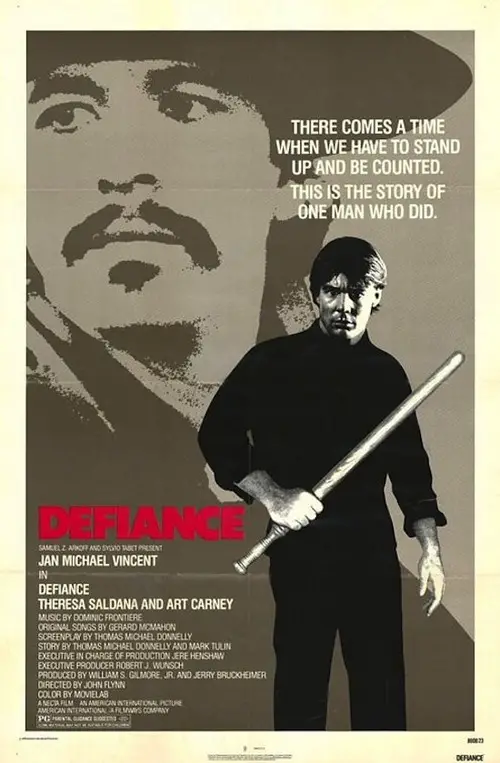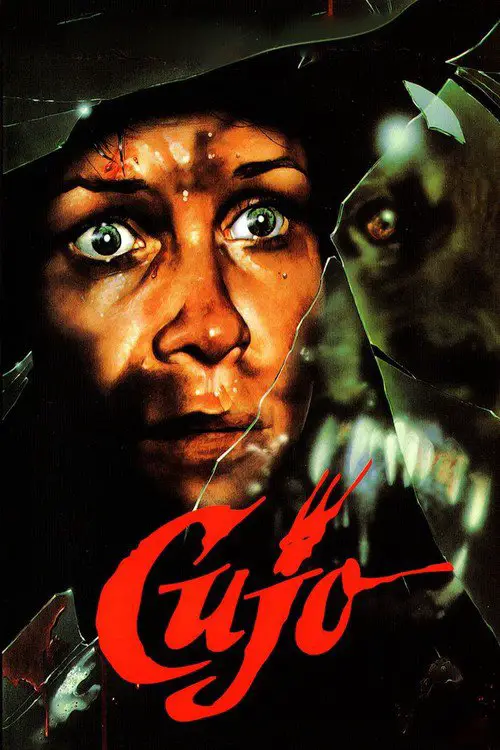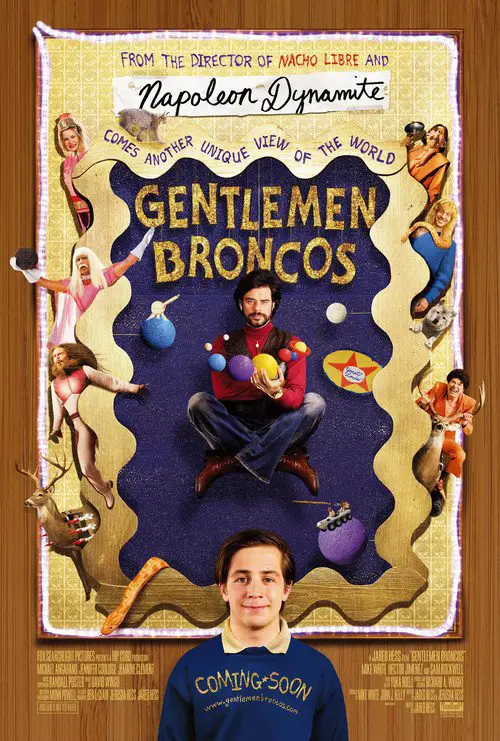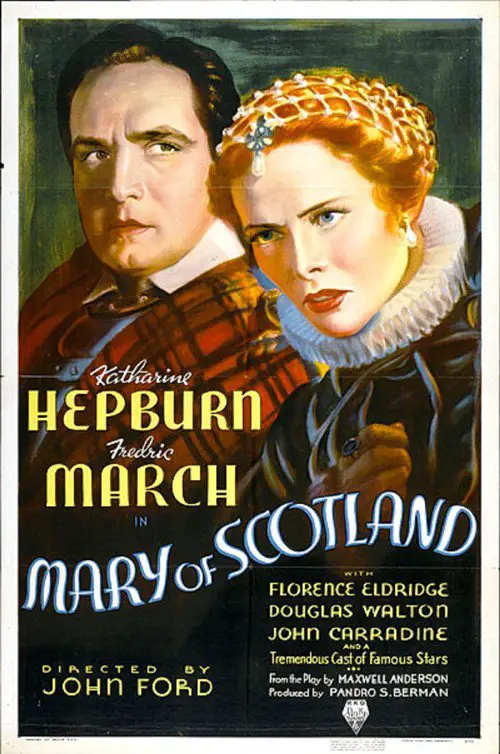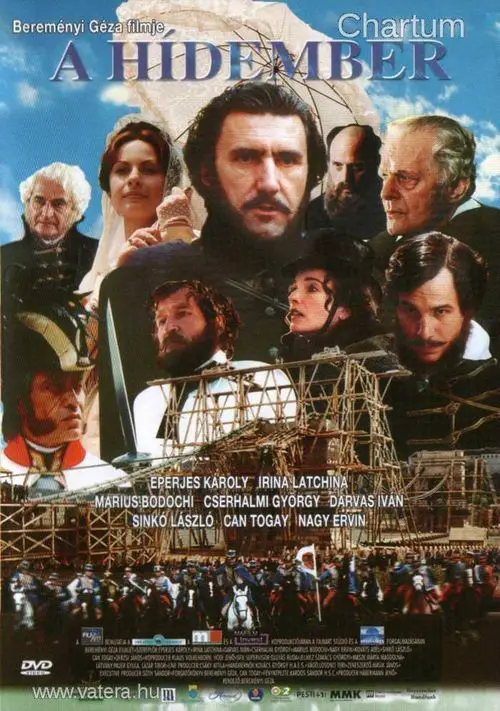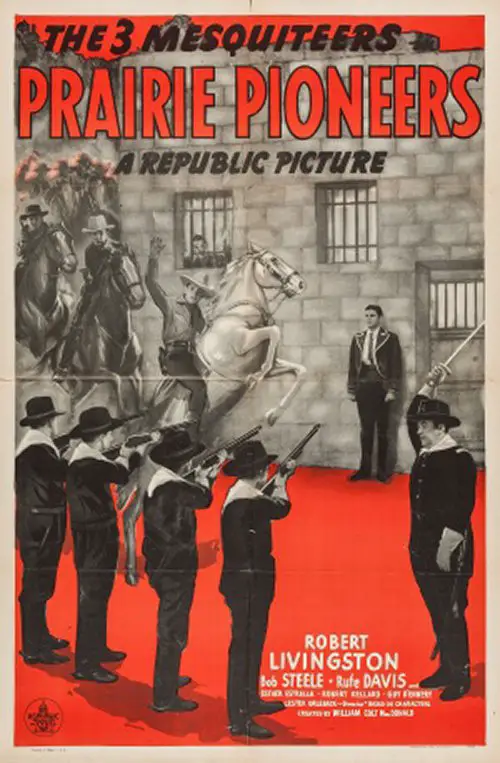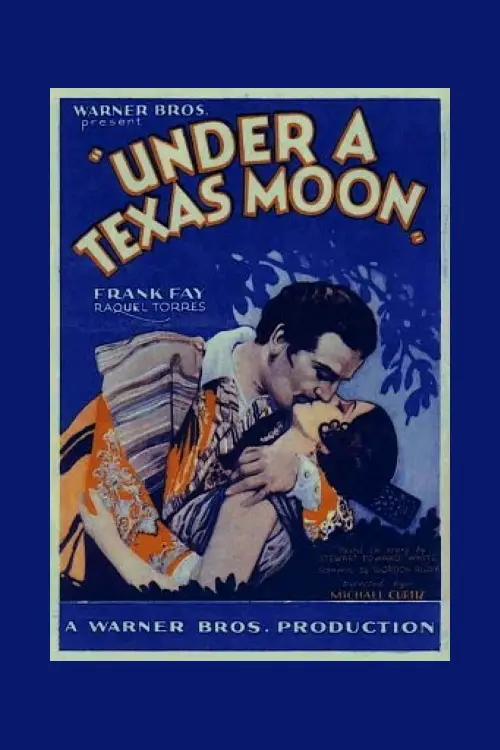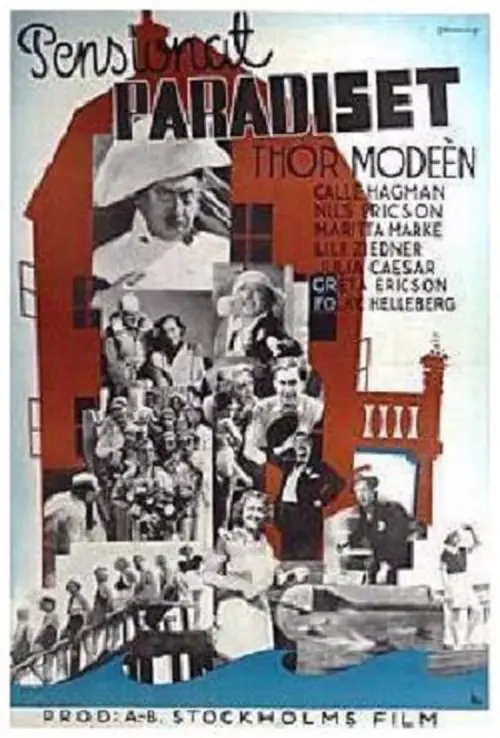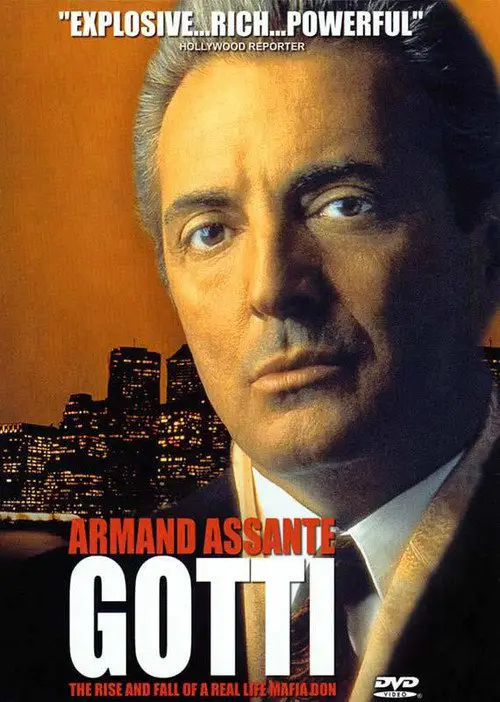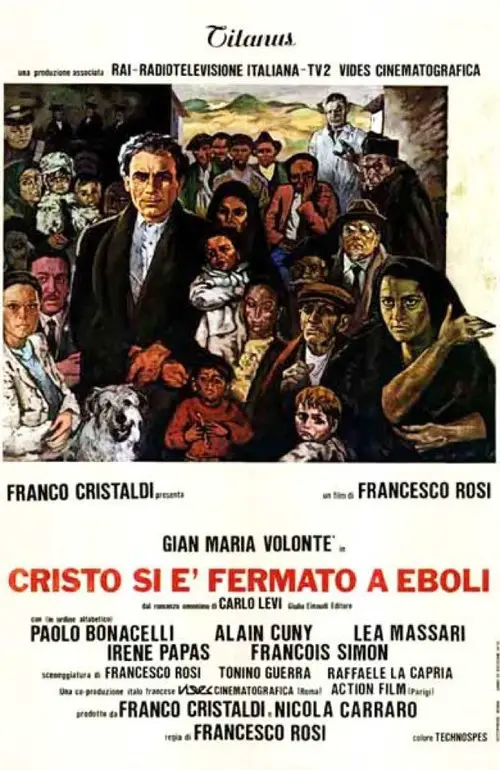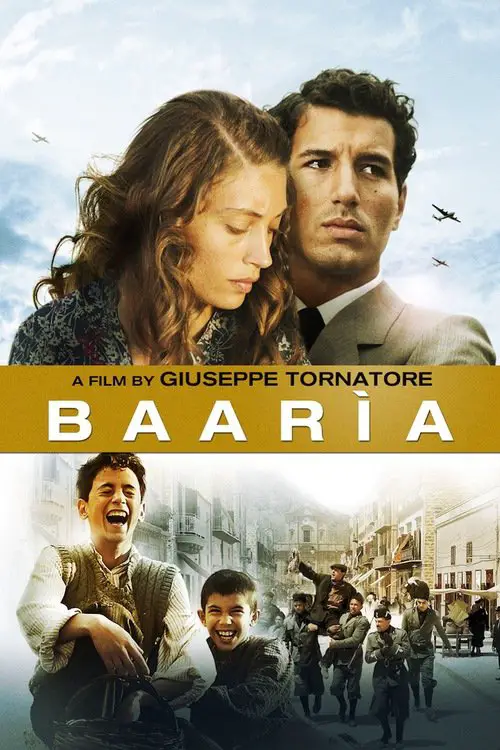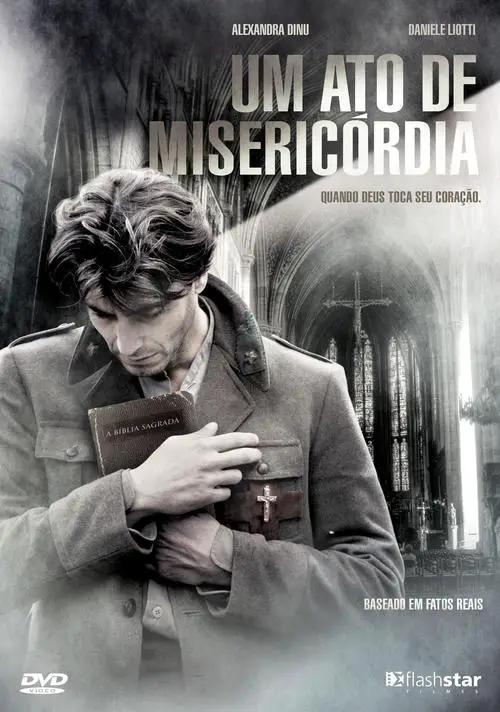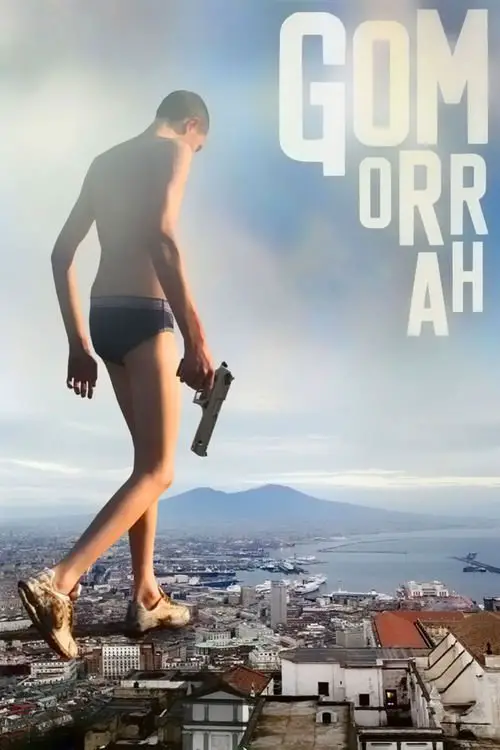Don Carlos (1996)
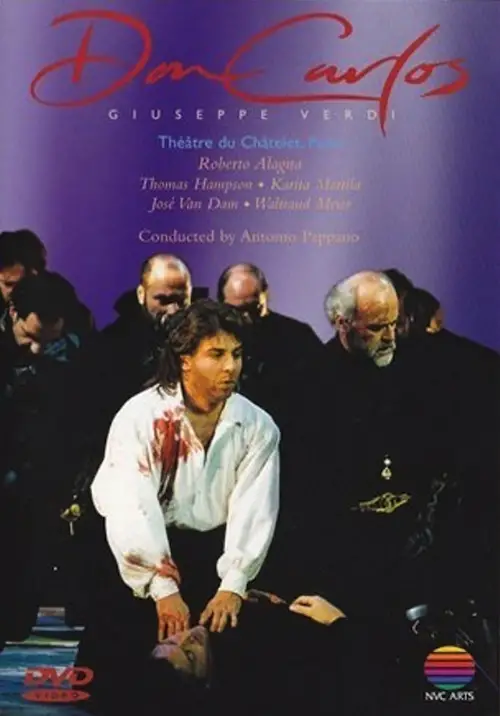
Similar movies
José Cura, Dmitri Hvorostovsky, Verónica Villarroel and Yvonne Naef lead the star cast of Verdi's blazingly passionate opera IL TROVATORE, in Elijah Moshinsky's new Royal Opera House production co-produced with Teatro Real Madrid, with sets by the noted film designer Dante Ferretti and costumes by Anne Tilby.
Wolfgang Sawallisch conducts this acclaimed staging of Paul Hindemith's ambitious opera of the goldsmith Cardillac, whom fortune seems to favor and then abandon, featuring Donald McIntyre and Maria de Francesca-Cavazza in the starring roles. Filmed in 1985 at the Bavarian State Opera and directed by the legendary Jean-Pierre Ponnelle, the production captures every nuance of Hindemith's powerful tale of love, suspicion and betrayal. Opera Performance, recorded at 16-25 September 1985 at the National Theater in Munich.
Giuseppe Verdi's operatic adaptation of William Shakespeare's heartbreaking drama -- the last tragic opera the composer ever wrote -- plays out at the spectacular Arena di Verona, graced with the vocal talents of the world's very best. Russian tenor Vladimir Atlantov takes the title role, soprano Kiri Te Kanawa sings the part of Desdemona, and Italian baritone Piero Cappuccilli brings the wicked Iago to life.
Rossini's "Le Comte Ory" tells the story of a libidinous and cunning nobleman who disguises himself first as a hermit and then as a nun in order to gain access to the virtuous Countess Adele, whose brother is away at the Crusades. The 2011 Met production was directed by Tony Award winner Bartlett Sher, who presented the action as an opera within an opera, updating the action by a few centuries and giving the costume designer, Catherine Zuber, the opportunity to create some particularly extravagant headgear. Juan Diego Florez starred as the title role while Diana Damrau plays Countess Adele, and Joyce DiDonato was in breeches as his pageboy Isolier. Conducted with verve and finesse by Maurizio Benini, the production also features the stylish French baritone Stephane Degout as Ory's bibulous conspirator Raimbaud, charismatic Italian bass Michele Pertusi as the Count's long-suffering Tutor, and, formidable as Adele's housekeeper Ragonde, the Swedish dramatic mezzo Susanne Resmark.
Mozart's famous Singspiel after Christoph Friedrich Bretzner's work "Belmonte und Konstanze", DIE ENTFÃHRUNG AUS DEM SERAIL comes to life in the sumptuous setting of Topkapi, the Ottoman sultans' own Istanbul seraglio (palace harem). Belmonte finds his fiancée Konstanze and her English maid Blondchen, who were captured and sold by pirates, in the Mediterranean seraglio of the Ottoman pasha Selim. Belmonte's servant Pedrillo gets him engaged as builder. After Selim tried to enforce himself upon Konstanze, Pedrillo and Blondchen, his own sweetheart, prepare their flight, managing to get Osmin, the pasha's overseer, drunk. Yet Osmin and Selim's guard still capture them, already in the garden; however the touching display of true love melts the pasha's heart, so he lets them go.
La Scala went all out for its 1986 production of this grandest of grand operas, with a strong cast and, most important for a video recording, a larger-than-life staging. The Triumph Scene in Act II is by no means Aida's only attraction, but it is the part that makes the strongest and most lasting impression and it is the visual and musical climax of this production. Stage director Luca Ronconi brings on a procession to dwarf all processions: looted treasures, heroic statuary, miserable captives struggling under the lash of whip-bearing slave drivers. On par with these visuals is Lorin Maazel's first-class performance of the popular Grand March with the outstanding La Scala chorus and orchestra. In Act III, the contrasting tranquility of the Nile Scene also gets a visual treatment to match the music's qualities.
Rigoletto is a jester in the court of the Duke of Mantua. He has a hunch-back and he's rather unattractive, but he's good at his job of humiliating the courtiers for the amusement of the Duke. The courtiers, of course, are not amused. The Duke is a ladies man who feels his life would be meaningless if he couldn't chase every skirt he sees. In fact, we learn as the opera begins that he's recently been noticing a young lady every Sunday on her way to church, and he's vowed to have his way with her. What nobody realizes is that the girl is the jester's beloved daughter, Gilda, and that Gilda has seen the Duke every Sunday and is smitten with him. Suddenly Count Monterone appears at court, furious that the Duke has seduced his daughter. Rigoletto ridicules Monterone, the Duke laughs, and Monterone casts an awful curse on both of them. Later, the courtiers discover that Rigoletto is secretly living with Gilda...
David McVicar's exhilarating new production, with Anne Sofie von Otter in the title role, restores the Opera Comique to Bizet's masterpiece. Philippe Jordan, in his Glyndebourne debut, conducts the London Philharmonic Orchestra, the Glyndebourne Chorus, and a cast which includes Marcus Haddock, Laurent Naouri, and Lisa Milne.
Great Tenor Performances outbids the famous Three Tenors by putting a dozen tenors (including the big three--Jose Carreras, Placido Domingo, and Luciano Pavarotti) in one compilation. One or two numbers fall short of greatness, but within the limits of what was available to them, the producers live up to the ambitious title. Domingo is particularly well represented with three arias, and Carreras has two. Only one Pavarotti performance is shown, but it's a good one: a youthful Celeste Aida from San Francisco. But the real meat is in the work of the other nine tenors. The muscular Samson of Jon Vickers contrasts with the bel canto delicacy of Mark Ainsley and Max-Rene Cosotti. Vladimir Atlantov as Otello, Giacomo Aragall as Cavaradossi, and Neil Shicoff as Rodolfo in La Bohème show that Domingo is not the sole proprietor of these roles. A pleasing rarity is Roberto Alagna in two excerpts from Verdi's original version of Don Carlos, with a French text.
After indulging in an affair with a man (a friend of the family) she truly loves, a woman returns to her young son and husband for good, and loses contact with the man. Her husband is unaware of the affair. Twenty years later, there is news that the friend has died and left all of his money to the younger son in the family, which leads us to question this younger son's biological origin.
During the last half of the 19th century writer Richard Darrell saves Don Carlos from two robbers, and is entrusted by Don Carlos to take a valuable necklace to Spain. Richard leaves his fiancé, Oriana, and starts the trip. He meets Wycroft, a henchman for Sir Francis Castteldow, an aristocrat out to steal Oriana from Richard. The latter is assaulted, robbed and nearly killed and, as a result, loses his memory. He marries a gypsy girl, Rosal, while Oriana, thinking him dead marries the dastardly Sir Francis. Everybody will meet again. Complications will arise.
An excitingly fresh take on some classic themes and ideas, THE SECOND MOTHER centers around Val, a hardworking live-in housekeeper in modern-day Sao Paulo. Val is perfectly content to take care of every one of her wealthy employersâ needs, from cooking and cleaning to being a surrogate mother to their teenage son, whom she has raised since he was a toddler. But when Valâs estranged daughter Jessica suddenly shows up the unspoken but intrinsic class barriers that exist within the home are thrown into disarray. Jessica is smart, confident, and ambitious, and refuses to accept the upstairs/downstairs dynamic, testing relationships and loyalties and forcing everyone to reconsider what family really means.
Kishan is a young man from Goa whose brain is full of every conceivable trick to make a quick buck. He cons people by slipping into different outfits and by assuming many guises. Julie, is a sexy club dancer with quite a local reputation, but behind her raunchy exterior is a compassionate, kind-hearted woman who goes out of her way to help the needy...
The governor of a Mexican state is assassinated. Soon after, junior executive Daryl Chase's life turns upside down: after he flags a huge transfer of funds from a Mexican account as probably illegal, he's attacked in his apartment, rescued by a CIA agent, finds his secretary shot dead, and witnesses two cops get killed. He calls the CIA guy who tells him to grab the next train to Mexico. Leaving M
âHaving broken away from my illusory self, I was desperately seeking a path and a meaning to life.â This phrase perfectly sums up Alejandro Jodorowskyâs biographical project: reconstituting the incredible adventure of his life. Alejandro Jodorowsky was born in 1929 in Tocopilla, a coastal town on edge of the Chilean desert, where this film was shot. It was there where he discovered the fundamentals of reality, as he underwent an unhappy and alienated childhood as part of an uprooted family.
How do 1.1 billion people around the world live on less than one dollar a day? Four young friends set out to research and live this reality. Armed with only a video camera and a desire to understand, they spend just 56 dollars each for 56 days in rural Pena Blanca, Guatemala. They battle E.Coli, financial stress, and the realization that there are no easy answers. Yet, the generosity and strength of their neighbors, Rosa, Anthony and Chino gives them resilient hope. They return home transformed and embark on a mission to share their new found understanding with other students, inspiring and challenging their generation to make a difference.
Eduardo Belmonte overhears his new step-mother, Maria, and her lover, Don Ricardo Gonzales plotting to take over the Belmonte rancho on the night of the fiesta given by her husband, Don Carlos Belmonte. Eduardo offers Maria money if she will depart the hacienda premises, but she refuses and then accuses Eduardo of making love to her. The old Don doesn't take kindly to his son hitting on his step-mother and attacks him in a rage. The lights go out, the father is killed and Maria blames Eduardo, who escapes from the house, chased by Ricardo's men. The Cisco Kid and Pancho rescue Eduardo, who has been shot, and hide him while they investigate. Cisco discovers that bullets from Maria's gun, a handy little derringer, are the same type that killed Don Carlos. But the Alcalde arrests Cisco and Pancho, and Cisco is "supposedly" executed by a firing squad, but IS NOT shot and escapes by a trick. And now Maria and Ricardo are in real trouble with Cisco on the loose.
El Cochecito is a 1960 Spanish black comedy film directed by Marco Ferreri. The film is based on Rafael Azcona's novel who co-wrote the script with Ferreri. The film was a huge flop when it was released in Spain, but nowadays is a cult classic. The film had troubles with Spanish censorship, that forced to change and cut the original ending.
Tommy takes up temporary housing in a New York neighborhood plagued by a violent gang called the Souls. Tommy is waiting for his next assignment as a seaman and though he tries to avoid the gang and his neighbors, it does not work. Soon he is battling the Souls and not only changing their attitudes, but the attitudes of his previously intimidated neighbors as well.
This epic story takes place between 1820 and 1860 during the Habsburg Monarchy, and portrays the life one of the greatest Hungarian aristocrats - Count Széchenyi - who was born with extra-ordinary mental and spiritual talents. In the years following the fall of Napoleon the young count Széchenyi irresponsibly seduces his brother's wife, and the consequent scandal ruins his career as an army officer. After the sudden death of his humiliated lover Count Széchenyi drastically changes his character from that of a shallow young man into a responsible nobleman seeking to conquer his fate by creating great achievements in his remaining life.
It is 1853 and settlers are pouring into California which means trouble for the old Spanish landowners. The El Dorado Mine Co. wants the land of Don Ortega for the minerals and is using the settlers and his friend Don Carlos to take the land over. But Tucson is on the side of Roberto and see's that something is not right with all the trouble they have been having. But the situation turns ugly for Don Ortega when Roberto is set up for a murder he did not commit.
Paradiset is a boarding house in the archipelago of Stockholm, run by the strict Elvira Pettersson, and with a large variety of guests. Her maid Lotta quits her job but when she leaves she accidentally forgets to turn off the iron. However, her brother Julle sneaks back one night to turn it off. When he is discovered, he tries to make them believe that he is the great Argentine opera singer Don Carlos they have been waiting for
John Gotti, the head of a small New York mafia crew breaks a few of the old family rules. He rises to become the head of the Gambino family and the most well-known mafia boss in America. Life is good, but suspicion creeps in, and greed, rule-breaking and his high public profile all threaten to topple him.
La fiction è diretta da Cinzia TH Torrini, e scritta da Simone De Rita. à andata in onda per la prima volta in Italia su Canale 5 il 29 30 novembre 2004. à la storia vera di don Carlo Gnocchi, sacerdote che riesce nell'Italia del dopo guerra, al suo ritorno dal fronte russo dove ha partecipato come cappellano militare degli alpini, a costruire un'opera di carità ancora oggi attiva e che porta il suo nome. Due puntate da 100' raccontano la sua vita da quando a trentaquatrenne diventa responsabile spirituale dell'Istituto Gonzaga di Milano, fino alla morte avvenuta nel 1956. La miniserie è tratta dalla biografia scritta da Giorgio Rumi e Edoardo Bressan, Don Carlo Gnocchi, vita e opere di un grande imprenditore della carità , Mondadori, 2002. Prodotto da Remo Angioli, fotografia di Alessandro Pesci, costumi di Claudio Cordaro, scenografia di Giada Calabria, montaggio di Anna Napoli.
An inside look at Italy's modern-day crime families, the Camorra in Naples and Caserta. Based on a book by Roberto Saviano. Power, money and blood: these are the "values" that the residents of the Province of Naples and Caserta, have to face every day. They hardly ever have a choice, and are forced to obey the rules of the Camorra. Only a lucky few can even think of leading a normal live.
© Valossa 2015–2025
| Privacy Policy
